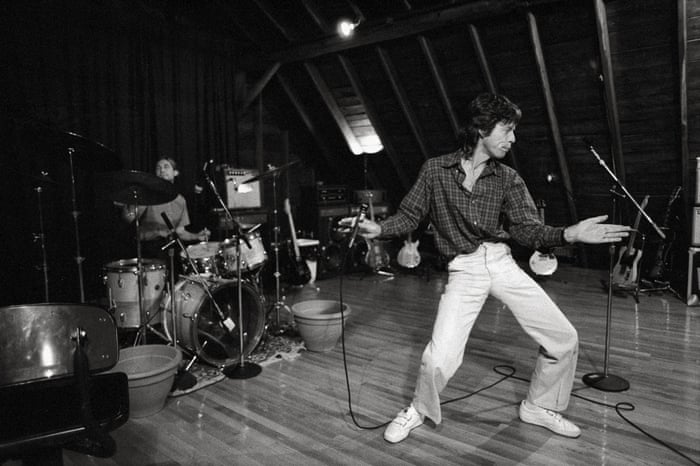Introduction to 'Paint It Black'
Released in 1966 by The Rolling Stones, 'Paint It Black' stands as a quintessential track of the 1960s, capturing the era's turbulent spirit and innovative musical exploration. This song, featured on the album 'Aftermath', showcases the band’s venture into new sonic territories, blending rock with Eastern musical influences.
Cultural Context
The track emerged during the British Invasion, a period marked by the rise of British bands in the American music scene. It also coincided with the psychedelic movement, which encouraged experimentation in music and art. 'Paint It Black' reflects these influences, contributing to its enduring appeal and cultural significance.
Production & Sound
One of the defining features of 'Paint It Black' is its use of the sitar, played by Brian Jones. This incorporation of Eastern instruments was a novel approach at the time, adding a layer of depth and mystique to the track. The song’s driving rhythm and dark, introspective lyrics further cement its place as a classic of the psychedelic-rock genre.
Notable Cover
A notable cover of 'Paint It Black' was performed by Eric Burdon & War in 1970. Their rendition brought a different energy to the track, highlighting its versatility and the profound impact it has had across different musical styles and generations.
Modern Legacy
Decades after its release, 'Paint It Black' remains a staple in rock music, frequently appearing in film soundtracks and live performances. Its innovative use of the sitar and its haunting melody continue to resonate with new audiences, ensuring its place in the pantheon of rock classics.












Comments (0)